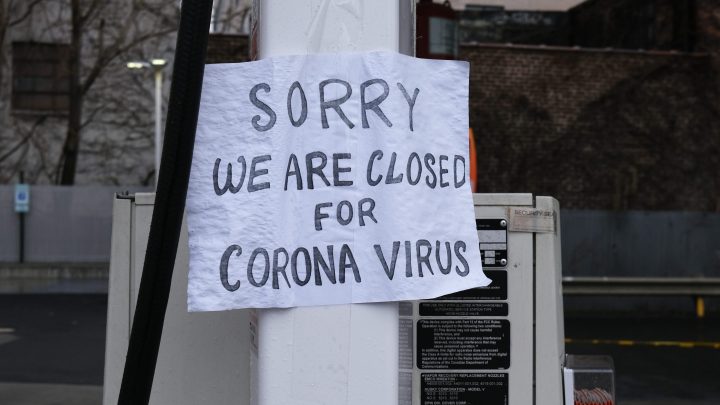
Unemployment benefits are all over the map

As the COVID-19 pandemic continues to devastate the U.S. economy, more than 27 million Americans are currently receiving some kind of unemployment benefit, according to the Labor Department’s Aug. 27 report. More than 1 million people have filed for unemployment most weeks since March, as many Americans continue to depend on unemployment benefits for their daily living expenses.
It’s no secret that unemployment benefits vary widely across all 50 states: Most use a similar formula to calculate how much money applicants can receive, but the state-by-state applications of that formula lead to vastly different outcomes across the country.
Marketplace and APM Research Lab analyzed data from the Labor Department to show the difference in unemployment benefits across each of the 50 states and the District of Columbia relative to average rent for a one-bedroom apartment.
Methodology
The Labor Department now includes two special categories for people receiving expanded benefits as a result of COVID-19: Pandemic Unemployment Assistance expands the number of people who can apply and Pandemic Emergency Unemployment Compensation extends the number of weeks people can claim benefits. We summed those two figures and added them to the regular unemployment category (called advance state claims-insured unemployment) to calculate the total number of claims in each state. We then pulled the average unemployment payment from the Labor Department’s Employment and Training Administration and mapped the results.
The number of “current unemployment claims” may be higher than the number of people collecting benefits in a given week. In some cases, a claim may be reported as “insured” or “continued” before the claim has been approved for payment. There have been inconsistencies and delays in state data collection and reporting. Claims for regular state unemployment insurance are reported one week ahead of claims for federal PUA and PEUC.
We added the average rent for a one-bedroom apartment in each state, as well as in select large cities in each state, to provide a cost-of-living context for the unemployment benefit payments.
There’s a lot happening in the world. Through it all, Marketplace is here for you.
You rely on Marketplace to break down the world’s events and tell you how it affects you in a fact-based, approachable way. We rely on your financial support to keep making that possible.
Your donation today powers the independent journalism that you rely on. For just $5/month, you can help sustain Marketplace so we can keep reporting on the things that matter to you.


















